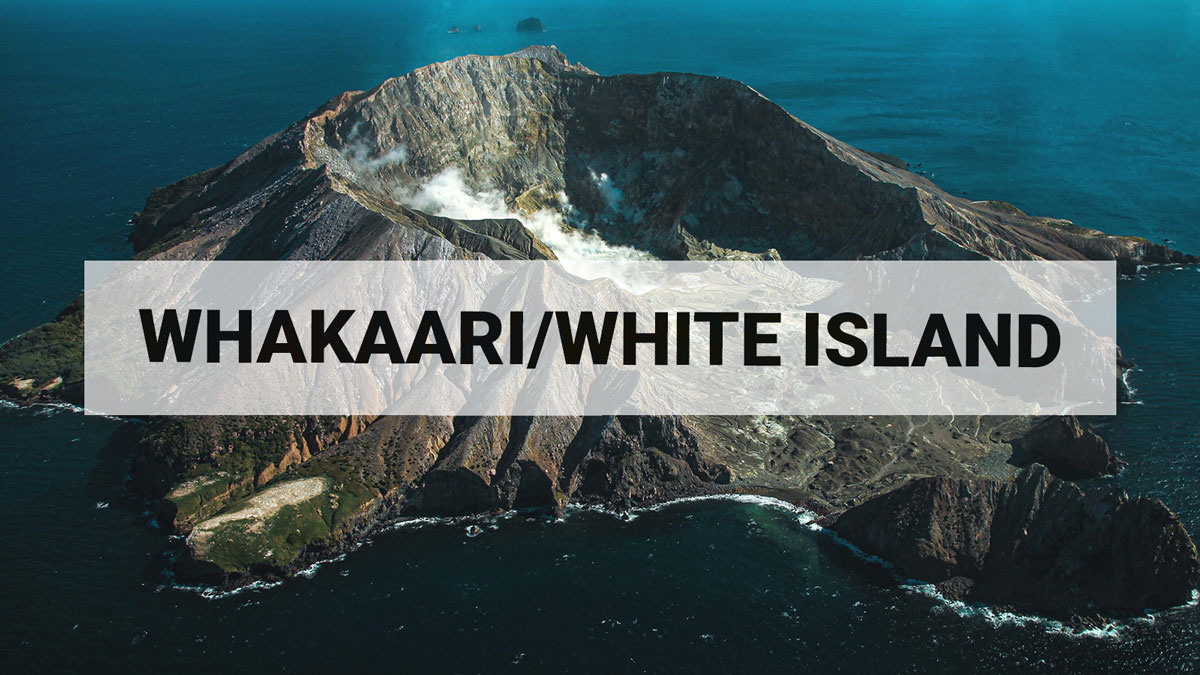
Whakaari/White Island: Monitoring and activity update
Whakaari/White Island remains in an elevated state of volcanic unrest. Gas flux has varied above background levels, and was elevated in our latest observation flight. Other monitoring parameters mostly remain within the range observed over the last 2 months. The Volcanic Alert Level remains at Level 2; Aviation Colour Code remains at Yellow.
GNS Science volcanologists have recently reinstated gas and observation flights over Whakaari/White Island for the first time since COVID-19 restrictions were put into place.
Results from the most recent gas flight on Wednesday 27 May indicate an increased gas flux since the previous flight on 20 May. While previous observations indicated a trend back to levels that are typical for this volcano, the recent increase in SO2 and CO2 gas flux, one of our main indicators of volcanic unrest, could be attributed to a new batch of the magma beneath the volcano at shallow depth. Thermal infrared images, taken during the observation flight on Wednesday 20 May, show that the lava extrusions, first detected in early January, are still very hot, at around 500 °C. Hot gases that are being emitted around these lava lobes generate a ‘night glow’ that can be seen on GeoNet’s night-vision webcams.
We are still observing occasional episodes of slightly elevated tremor, albeit overall tremor levels remain low and within background levels for the volcano. This week we have recorded some shallow source volcanic earthquakes. Satellite based measurements of ground deformation show the ground about the active vent area has subsided by several centimetres since the December 2019 eruption.
Our recent observations are consistent with a volcanic system that is still very dynamic, despite several monitoring parameters trending back towards pre-eruption levels. An eruption could occur with little precursory activity. Plausible triggers for an eruption remain the collapse of unstable material around the vents, sudden release of gas from the magma, and the rapid ingress of water onto the shallow magma body.
Should any explosive activity produce an ash cloud, the likelihood of ash affecting the mainland remains very low. Under suitable weather conditions, the gas and steam plume may be noticed on the mainland as weak acid rain.
The Volcanic Alert Level remains at Level 2.
The Aviation Colour Code remains at Yellow.
Volcanic Alert Level 2 indicates moderate-to-heightened unrest with potential for eruption hazards, including unpredictable and life-threatening steam driven eruptions.
The Volcanic Alert Level reflects the current level of volcanic activity and is not a forecast of future activity. GNS Science and our National Geohazards Monitoring Centre continue to closely monitor Whakaari/White Island for further signs of activity. Further updates will be provided as needed.
Yannik Behr Duty Volcanologist
Media Contact: 021 574 541 or media@gns.cri.nz